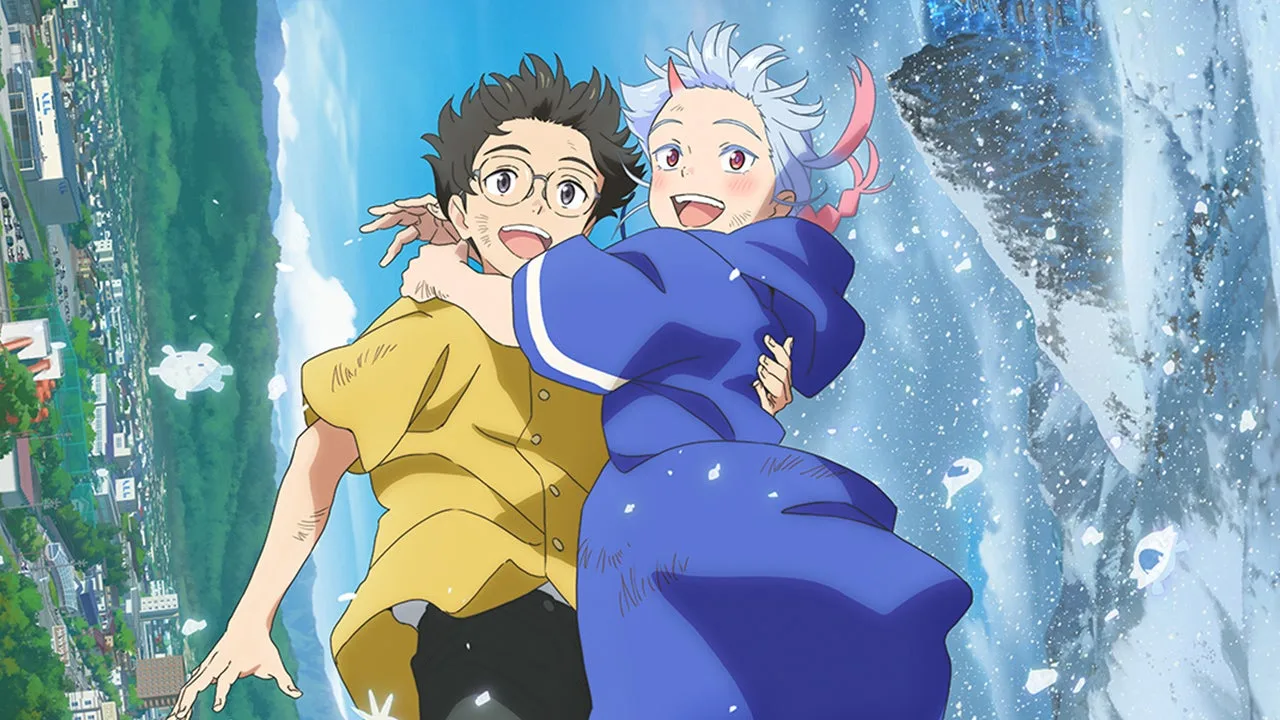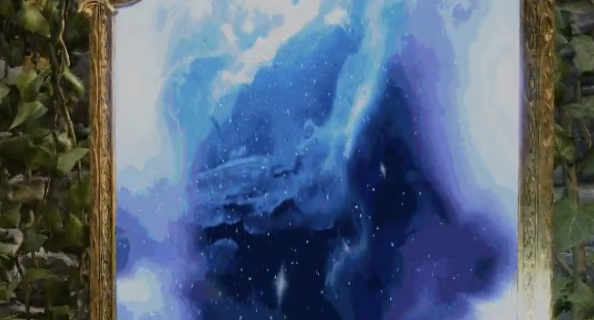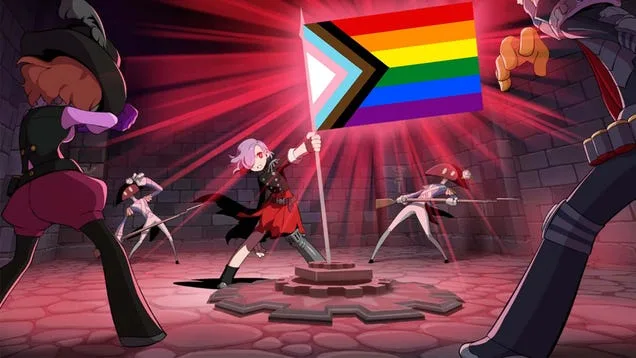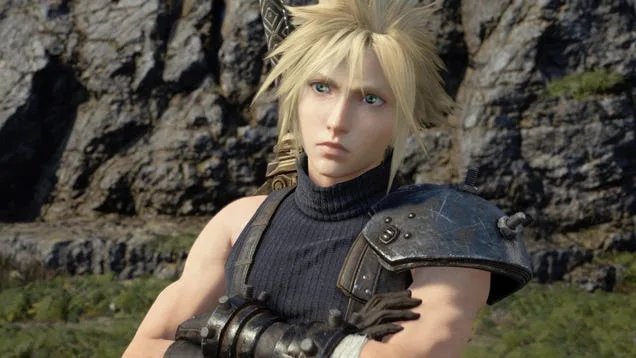A young boy and girl, thrust together by either some small happenstance or some epic nudge from the great hand of fate, go on an adventure together. Along the way, they learn a little something about themselves and each other through the powerful connection they share. This is the basic setup for any number of stories, and one that anime in general has wholeheartedly embraced in the last few years. But rarely has the connection between the two leads seemed as unexplainable (or downright detrimental) as it is in Netflix’s new anime movie My Oni Girl.
None of the fault lies with the oni girl herself, a one-horned demon named Tsumugi who leaves the safety of her home (a secret oni community called The Hidden Village) in hopes of tracking down her mother at a Japanese shrine in the human world. Tsumugi, with her colorful hair and occasional lack of interest in human societal norms, seems to have been pulled from a slightly more clichéd YA-leaning rom-com – one where she’s the super-cool object of affection for the relatably sensitive male hero – but she is by far the most fully realized character in the film. She may be the object of someone’s (chaste, vaguely defined) affections, but she’s no object.
So it’s a shame that she’s saddled with an absolutely nothing of a co-star in teen boy Hiiragi, one of the most unlikable protagonists in the history of this kind of magical-realist fantasy romance. (Comparing him to, say, Taki from Makoto Shinkai’s Your Name is like putting Dave Bautista in the ring against a sandwich.) It’s not that Hiiragi is a bad guy, in that sense of unlikability, it’s that there is simply nothing to like about him. His defining character trait is that he has no wants or desires of his own and he never takes initiative with anything. He has no friends, he voluntarily does his classmates’ homework for them, and he has a big fight with his father early in the movie over the fact he’d rather spend more time at the horrible school where people walk all over him than get help from a tutor.
This is, of course, part of the plot, and it doesn’t take long before Tsumugi explains that humans who bottle up their feelings for too long turn into oni, but Hiiragi’s problem isn’t that he has trouble expressing himself (a normal thing that normal people can struggle with), it’s that there is simply nothing happening in his head that needs to be expressed. Other than the fact that he knows the way to the shrine that Tsumugi is looking for, it’s not even totally clear why he has to run away from home and join her on this adventure – well, other than his father, who has the nerve, the unmitigated gall, to want what’s best for Hiiragi. (What a monster, right?). In fact, it seems like Tsumugi would still go on her quest in more or less the same fashion if she had never bumped into Hiiragi. Without meeting Tsumugi, Hiiragi would just be sitting motionless in his room while desperately waiting for someone to tell him when he needed to eat or sleep.
My Oni Girl shows some life as a road movie here and there, with Tsumugi and Hiiragi meeting people whose problems ultimately lead to revelations for the oni girl and the stink boy. There’s a man and woman (who turn out to be brother and sister, in an odd twist) who are unable to connect like they could as kids; there’s a cafe owner who fills his place with mementos from his travels with his recently deceased wife. But none of these side stories illustrate the themes of the movie as much as they could. They are, ultimately, just more people for Tsumugi to meet, which (somehow) deepens her connection with Hiiragi.
At the very least, it’s all generally nice to look at, if not aesthetically inventive. Production companies Studio Colorido and Twin Engine (both of which worked on director Tomotaka Shibayama’s previous film, A Whisker Away) do good work here, maintaining a look that mimics traditional hand drawn animation. It’s a breath of fresh air at a time when so much anime (especially anime on Netflix) is cheap, CG-heavy sludge. There’s none of the heart-swelling spectacle of something like the aforementioned Your Name – which is also about two kids bonded by extraordinary circumstances in contemporary Japan – but it successfully sells the quiet fantasy of its setup. It also doesn’t hurt that the characters were designed by Masafumi Yokota, who worked on Shinkai’s Weathering with You and Hayao Miyazaki’s The Wind Rises – two more movies in which the fantastical brushes up against reality that are worthier of your time than My Oni Girl.



